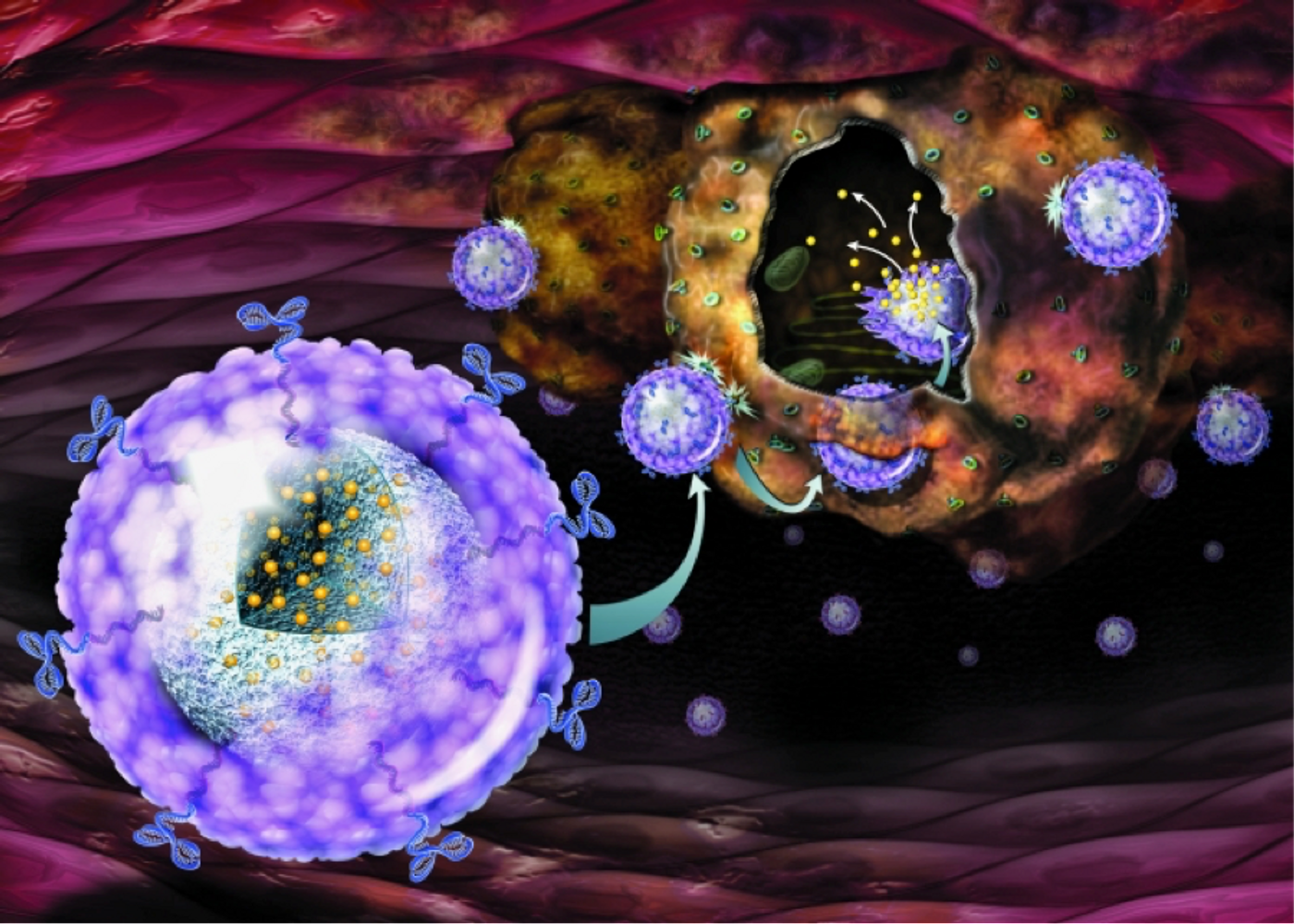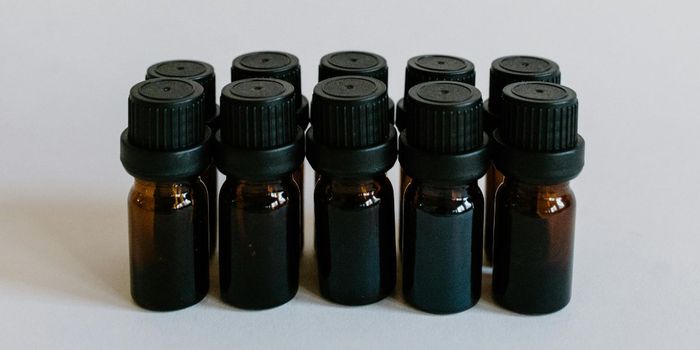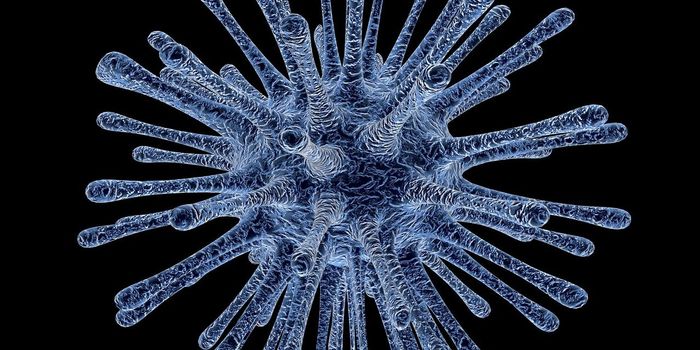How do doctors and cancer patients know if their chemotherapy or radiation treatments are working to kill the tumor? Quite often, it is a tense process of wait-and-see. But a new technique could allow doctors to monitor cancer death in real time – an astonishing feat compared to the weeks and months of waiting for conventional treatments.
Researchers at the Brigham and Women's Hospital (BWH) developed a method of
tagging cancer cells as they die. This approach reportedly allows doctors to know the response of anticancer therapies within mere eight hours post treatments. And the technique holds promise for other chemotherapies and immunotherapies often used in cancer treatments.
Their innovation rests on dual-action nanoparticles that deliver the drugs and report back the efficacy of the drugs in real time. The research team, led by Shiladitya Sengupta, leveraged the knowledge that specific caspase proteins are released when cells die. Thus, the nanoparticles has a ‘reporter element’ that glows green when they detect the presence of caspases after tumor cell deaths. The green fluorescent signals allow doctors to visualize treatment efficacy within hours after treatment and determine whether a tumor is resistant or susceptible to the drug.
"Using this approach, the cells light up the moment a cancer drug starts working. We can determine if a cancer therapy is effective within hours of treatment," said co-senior author Shiladitya Sengupta. "Our long-term goal is to find a way to monitor outcomes very early so that we don't give a chemotherapy drug to patients who are not responding to it."
To test the reporter system, the researchers filled the nanoparticles with paclitaxel, a common anticancer drug, in a pre-clinical model of prostate cancer. In parallel, they tested an immunotherapy agent against melanoma. Prostate tumors sensitive to paclitaxel had about 400 percent more fluorescent signals, as compared to paclitaxel-resistant tumors. Similarly, fluorescent signals were also significantly enhanced in drug-sensitive melanomas.
The experiments demonstrate that the dual-action nanoparticles can inform clinicians on the sensitivity state of tumors, thus allowing doctors to modify treatment plans accordingly sooner rather than later. According to the team, this is the first time that the anticancer actions of the nanoparticles have been captured in real time, in live organisms.
"We've demonstrated that this technique can help us directly visualize and measure the responsiveness of tumors to both types of drugs," said co-senior author Ashish Kulkarni. "Current techniques, which rely on measurements of the size or metabolic state of the tumor, are sometimes unable to detect the effectiveness of an immunotherapeutic agent as the volume of the tumor may actually increase as immune cells begin to flood in to attack the tumor. Reporter nanoparticles, however, can give us an accurate read out of whether or not cancer cells are dying."
Additional source:
BWH press release









